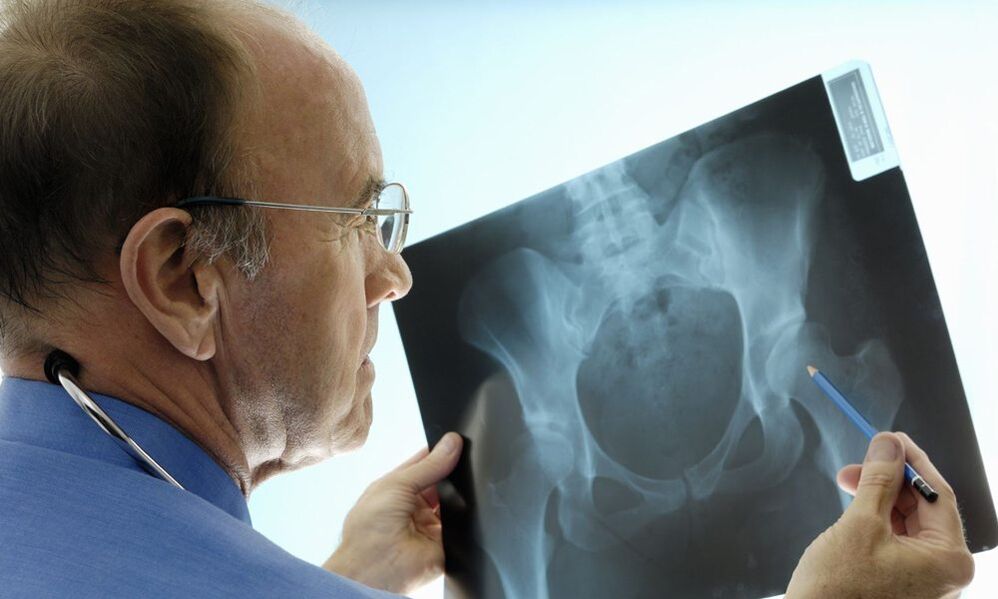
In the last few decades, not only the elderly, but also the category of people under the age of 35 complain of joint pain. Why this happens, there is no exact information, but the problem is becoming more relevant every year and confuses more and more people.
Introduction
If the joints hurt, you should not associate the problem with factors such as weather changes, magnetic storms, hypothermia, hard physical labor. There are completely different reasons for this problem.
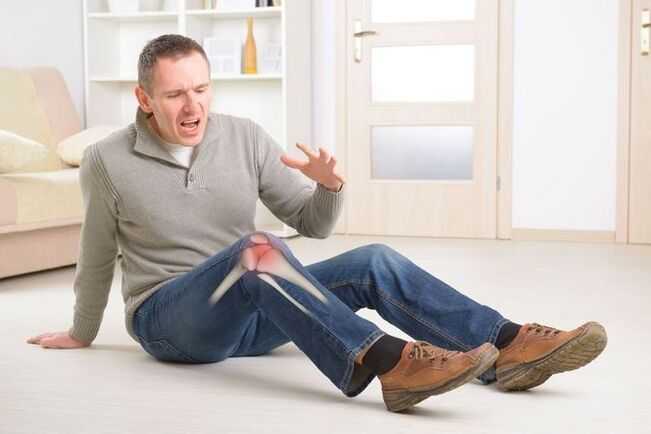
So, why do joints hurt, what can be the cause of joint pain, how to treat sick joints - this article is about all this.
Painful joints can express themselves in different ways: at first it can be just unpleasant sensations, then creaking (crunching), after numbness and tingling, and only then pain begins to manifest itself in different ways: back pain, sipping, burning. Joint pain is not a harmless phenomenon and its causes can be very different.
Causes of pain
Why there may be pain in the joint is judged by the nature and location of the pain.
- With infectious diseases (tonsillitis, bronchitis), the joint hurts, it hurts, as a rule, not one joint, but several at the same time.
- During intoxication of the body (for example, in the case of mushroom, alcohol poisoning), painful pains affect several joints at once.
- Pains associated with exacerbation of chronic diseases (cholecystitis, tonsillitis) have a flowing character, that is, they can occur in one place and move to another place.
- During inflammation, the pain in the joints is sharp, stabbing and piercing. As a rule, one joint hurts, rarely - several.
Thus, the causes of joint pain can be different: infectious, inflammatory, intoxication and chronic. At the same time, if the cause is not traumatic, rheumatological, orthopedic, then joint pain is far from the only symptom to worry about. Other signs of human health will be confused with them:
- Increase in body temperature;
- Temperature;
- Runny nose;
- tearing;
- loss of appetite;
- Trembling in the chest;
- Nausea and vomiting;
- diarrhea;
- White coating on tonsils and tongue;
- loss of voice;
This is not a complete list of all the symptoms that may occur.
Pain with musculoskeletal problems
When various diseases of the musculoskeletal system cause damage to the joints, it is time to understand which joint is healthy and what to do about it.
Joint pain in traumatic (and related) causes is completely different from others. As a rule, in such cases, the symptoms may be the following:
- Swelling and redness of the affected area.
- The sore spot is painful to the touch, warm.
- Pain in any particular joint.
- Temperature.
- Numbness and stiffness in movements.
- Sharp piercing pain on movement, sometimes at rest.
- Joint deformation.

Thus, orthopedic causes of joint pain can be the following diseases:
- rheumatism of the joints;
- Arthritis (polyarthritis);
- arthrosis (polyarthrosis);
- rheumatic polyarthritis;
- Gout;
- meniscus tear;
- Rupture of the posterior horn of the medial meniscus;
- Functional joint pain;
Brief information about diseases
Joint pain occurs for various reasons, sometimes it can be a symptom of a non-rheumatic (traumatic) disease when it is caused by infections. In such cases, it makes no sense to treat the joints without eliminating the source of infection. The pain will stop, but then all the symptoms will return. As a rule, joint pain disappears when the infectious process is suppressed.
Another, most common cause of joint damage is pathological processes or injuries occurring in them.
- Rheumatoid arthritis (polyarthritis)- a disease whose catalyst is severe infectious diseases: tonsillitis, rubella, influenza, brucellosis. Usually large joints are affected, the lesion is symmetrical: two elbow or knee joints at once. Joint pain is accompanied by high temperature and fever during the exacerbation period, which practically does not occur with other diseases of the joints.
- Arthrosis (polyarthrosis)- pathological processes that lead to partial or complete (with advanced forms of the disease) destruction of cartilage. Joint pain is accompanied by impaired motor activity of the joint. The symptoms of arthrosis and arthritis are similar, but there is one difference: a painful place with arthrosis hurts when trying to move, it is impossible to talk about arthritis (it hurts even at rest).
- Arthritis- degenerative processes occurring in the joint, associated with inflammation of the joint tissue and its deformation.
- Gout- violation of calcium and salt metabolism in the body, as a result of which inflammatory and painful growths appear in the joint. Characteristic features - night pains.
- meniscal tear- knee (or scapula) injury associated with a violation of the integrity of the meniscus. In such cases, the pain occurs in the knee and returns to it, you can hear a crunch in the joints when moving.
- Occurs when there is functional joint paindisorders of the nervous system, it makes no sense to do anything with the articulation, because the problem must be sought elsewhere. When it is removed, the anxiety will pass.
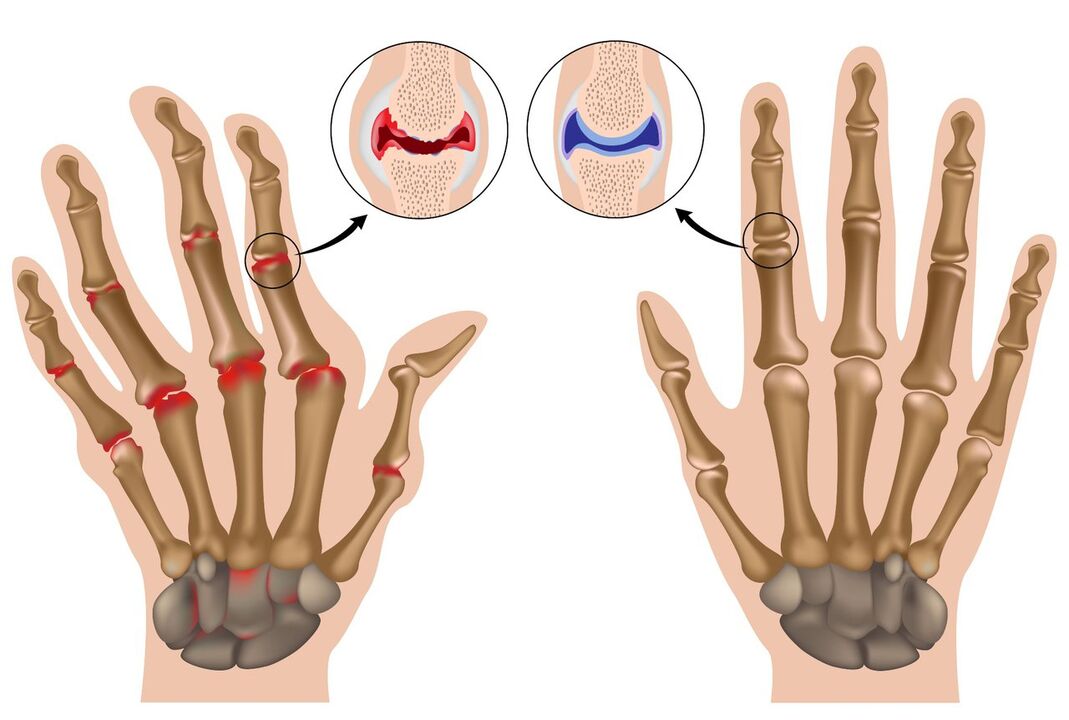
This is, of course, an incomplete list of why joints hurt, but these reasons are the most common. What to do in such situations, the doctor should decide only after a thorough examination and diagnosis.
Treatment
Treating joint pain is more of a secondary task, the first goal is usually to eliminate inflammation and its causes.
It is important for the patient to understand that self-medication will not help him in any way and will only delay the treatment process and make the condition worse.All a person in pain needs to do is see a doctor.If the feeling of stiffness and pain in the joints occurs at night and does not allow you to sleep, then you can drink anesthesia and, if necessary, rub it with a warming ointment.
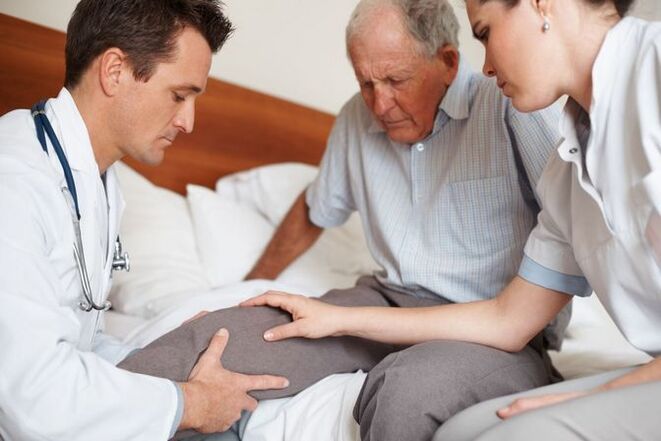
The doctor begins the treatment of joint pain only after a comprehensive examination, obtaining the results of the examination and making a diagnosis.
Most orthopedic diseases are treated with traditional methods, and surgical methods are used only as a last resort when a long course of drug treatment proves ineffective.
Medical treatment (conservative method)
In this case, conservative methods are the most popular.

No treatment is complete without prescribing for such diseases:
- Non-steroidal anti-inflammatory drugs, used in various dosage forms: ointments, injections, tablets, patches, suppositories. At the same time, it is not unusual for the doctor to decide to prescribe NSAIDs in several forms at once: injections and ointments, tablets and suppositories with ointments. The admission course is very long, the treatment conditions are determined taking into account the individual characteristics of the person: age, physical. When prescribing, the presence of other diseases, contraindications and possible side effects should be taken into account.
- Pain relieversused in different dosage forms. With a strong pain syndrome, strong injections are prescribed, if it hurts a little, it is quite possible to treat it with pills, warming ointments, patches.
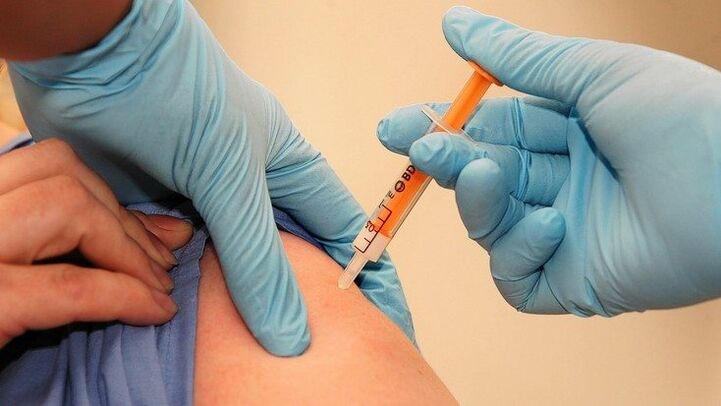
If NSAIDs do not help, consider:
- Corticosteroidsit has both advantages and disadvantages. The advantages of treatment with these drugs are that the effect can be achieved faster than non-steroidal anti-inflammatory drugs and the absence of hormones that do not have a very favorable effect on the body and cause unpleasant consequences. hormonal imbalance, in the form of weight gain. Therefore, doctors are not in a hurry to prescribe corticosteroids.
- Chondroprotectors, is injected into the affected area to optimize synovial fluid levels, normalize friction, pressure and joint movement.
After the course of drug treatment is over, you can continue it with folk remedies.
Treat well:
- Massage therapy;
- Gymnastics, swimming;
- Physiotherapy.
Preventing the recurrence of the disease plays an important role, for which a course of preventive treatment in the form of vitamin intake is carried out twice a year.and NSAIDs.
Methods of operation
If conservative treatment turns out to be ineffective and the joint still hurts, surgery is prescribed depending on the degree of tissue damage and the diagnosis. If this is arthrosis in the third stage, then it is worth making a prosthesis, that is, replacing the articulation with an artificial one. If we are talking about the rupture of the meniscus, then it is sewn together with the help of special punctures. In any case, the doctors will do everything possible to avoid surgery, and the pain stopped no matter what.
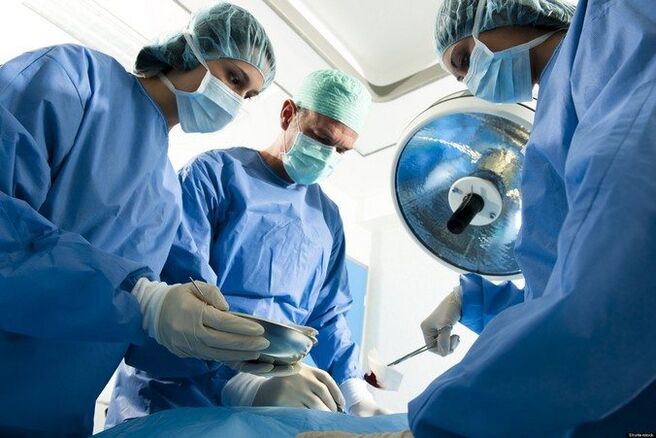
The result
Thus, the joint can be damaged for various reasons, it can be infectious problems and neurological. Joint pain is the main cause of pain. Do not ignore the pain, try to heal yourself, or suppress the pain with painkillers.
There are two main methods of tissue treatment:
- conservative method.
- Operative method of treatment.
In very rare cases, surgical methods begin treatment immediately without resorting to conservative methods. But such cases also occur, for example, if a person is immobile and the degenerative processes are at a stage where it is useless to treat them with drugs. In such cases, it hurts so much that a person can lose consciousness due to the intensity of the pain.

















































